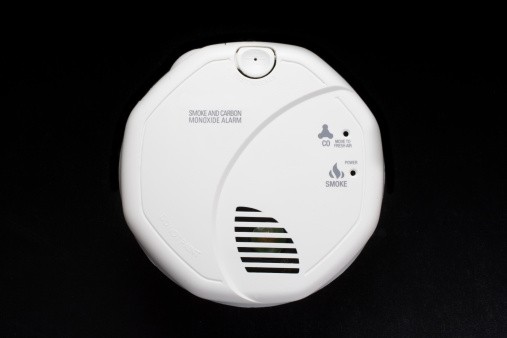Many people don’t understand the dangers of carbon monoxide and how carbon monoxide poisoning can silently lead to illness and death. This is a very serious problem and one that every individual should understand. Carbon monoxide is a colorless, odorless gas often referred to by its molecular formula of CO. This CO is released when burning oil, gas, wood, charcoal or other combustible materials; unfortunately, without proper ventilation, the dangerous fumes can accumulate leading to carbon monoxide poisoning.
When carbon monoxide builds up in an enclosed space, the human body can start replacing oxygen in the red blood cells with CO. These blood cells will accept carbon monoxide faster than oxygen. This results in the body not getting sufficient oxygen, which can lead to tissue damage and death.
Many times people ask, what is carbon monoxide poisoning? It is something that is not easily understood; however, if you burn combustible material for heating, lighting or other uses, making sure your equipment is in good working order and is properly ventilated is essential. Additionally a CO monitor should always be used to help alert you in case of dangerous levels of carbon monoxide.
It can be hard to diagnose carbon monoxide poisoning because the symptoms frequently mimic other illnesses. For example, the symptoms of carbon monoxide poisoning include dizziness, nausea and vomiting, headache, weakness, confusion and chest pain. It is also important to note that people who fall asleep in an environment where CO begins to accumulate will often be overcome by CO poisoning without ever waking up or experiencing symptoms. This is why it is crucial to have a CO monitor in homes where combustible fuels are used for heating.
There are a number of things homeowners can do to help protect their families from carbon monoxide poisoning. For example, all heating equipment, water heaters and other appliances that burn coal, oil or gas for fuel should be inspected on a yearly basis by a qualified technician. Additionally, do not use catalytic heaters indoors and only purchase gas equipment that carries a seal from a national testing agency. Of course, installing a battery operated CO monitor or a monitor with a battery back-up is essential.

